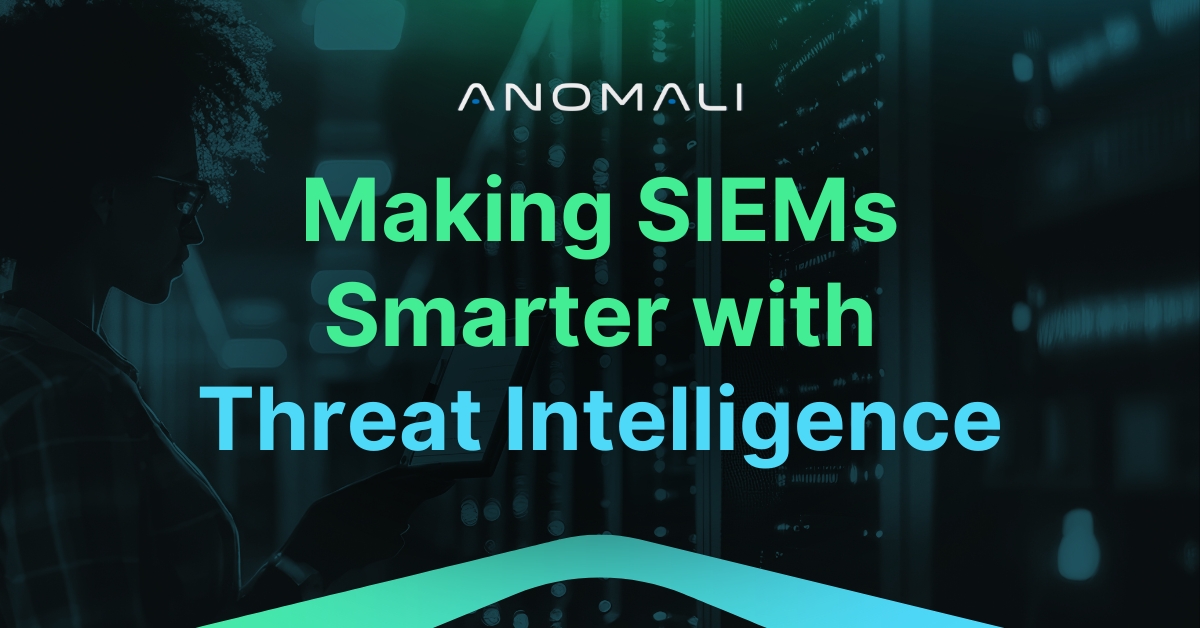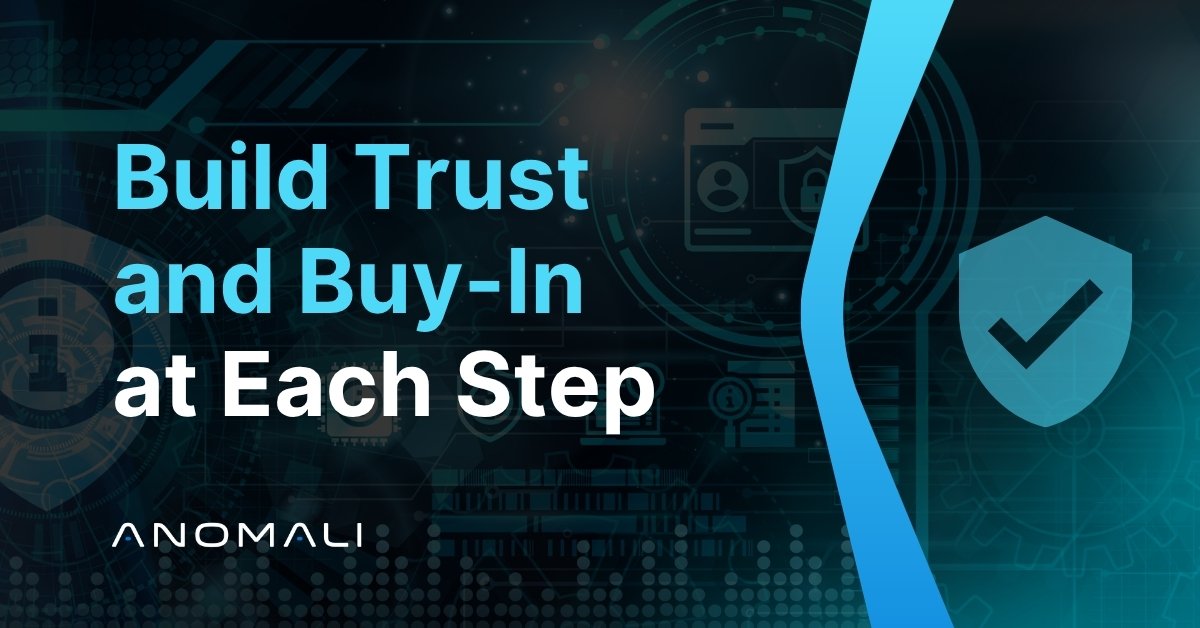Threat Intelligence: The Missing Link in SIEMs


Over the past two years, the SIEM market has been in motion, marked by mergers, acquisitions, and cloud migrations that reflect the security industry’s need to modernize. As organizations generate and retain exponentially more security data,legacy architectures are straining to keep up. Vendors are consolidating and reengineering their platforms in search of greater speed, scalability, and cost efficiency, which are all symptoms of the same problem: the data has outgrown the tools.
While most SIEM tools claim to ingest and analyze everything, few truly deliver full coverage across the growing universe of IT and security telemetry. Many also promote “search anywhere” capabilities, but those searches often remain limited to data housed within the platform rather than being federated across a unified data lake. In the end, all that log aggregation and searching is only the first part of the puzzle. Without context, aggregation alone becomes the longest and least effective path to threat discovery.
As SIEMs evolved over the last decade into data platforms, the true differentiator isn’t scale but context. The first step in the greater AI umbrella was pattern recognition and signature-based detection. Next came user and entity behavior analytics (UEBA), which brought machine learning into XDR and SIEM platforms. This represented important progress: using machine learning across large data lakes to identify anomalies that could signal potential threats.
The next stage in SOC platform evolution is moving from data management and behavior analysis to adversary understanding. This requires not only advanced threat intelligence, but also the ability to apply that intelligence contextually by correlating indicators, patterns, and anomalies to reveal the full attack story.
Anomali’s Perspective: Threat Intelligence as the Neural Layer of the Enterprise Security Brain
Here’s where Anomali sees the future differently. Unlike traditional SIEMs that treat threat intelligence as an external feed or enrichment source, Anomali embeds it as a core reasoning layer, like the neural network of the enterprise security brain. Intelligence and telemetry aren’t parallel streams; they’re interdependent signals that inform one another in real time. This fusion lets analysts move beyond detection to actively predicting adversary behavior before an attack escalates.
For years, SIEMs have focused on collecting more logs, more data, and creating more dashboards. But more data without intelligence is just noise. Successful enterprise security leaders should be able to turn data into autonomous, intelligent action.
Log data combined with applied context and threat intelligence provides the clearest path to detecting attacks early and mitigating evolving threats across your ecosystem. Analysts don’t just need a hundred queries across various data lakes, but an AI-powered way to connect telemetry, intelligence to help them see, understand, and act with precision. Anomali’s AI-native, intelligence-driven architecture positions us to lead the next phase of SIEM evolution, which is turning contextual data and threat intelligence into proactive defense. Analysts gain insight into the “why” behind an attack (why a DNS server was targeted, why a phishing campaign hit a specific executive) and identify what’s likely to happen next.
The Next Evolution of SIEM Is About Learning, Not Logs
No one person can be an expert in every system, cloud, or identity platform. Having threat intelligence guide investigations is key, from mapping attacks to linking events to motives. Anomali fuses internal telemetry with global threat intelligence to surface what matters most, enabling analysts to move from reactive investigation to anticipatory defense.
Threat intelligence is how your enterprise security brain learns. Anchoring your platform strategy and SOC operations with a threat intelligence–aware SIEM solution can help empower your team to detect earlier, respond faster, and act with clarity. It’s the connective tissue between raw telemetry and decisive action and the key to transforming a reactive SOC into an anticipatory defense system.
Find out more about the SIEM market landscape in the Software Analyst Cyber Research whitepaper, The Convergence of SIEMS and Data Lakes: Market Evolution, Key Players, and What’s Next.
Discover More About Anomali
Get the latest news about cybersecurity, threat intelligence, and Anomali's Security and IT Operations platform.
Propel your mission with amplified visibility, analytics, and AI.
Learn how Anomali can help you cost-effectively improve your security posture.




